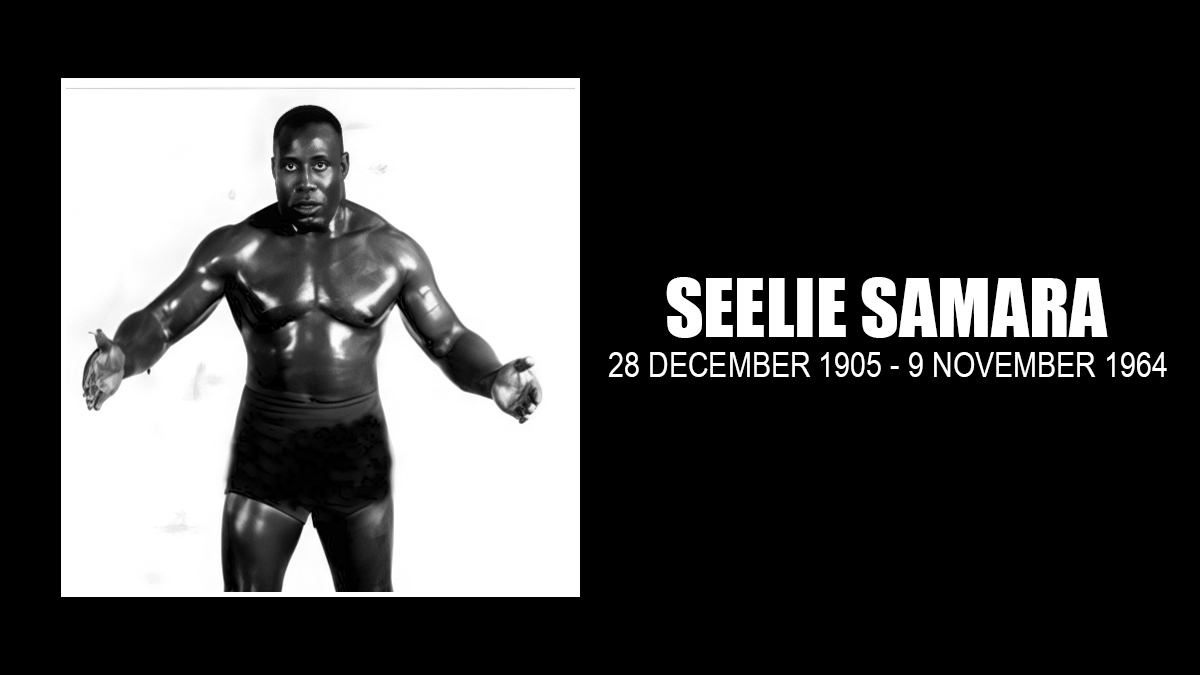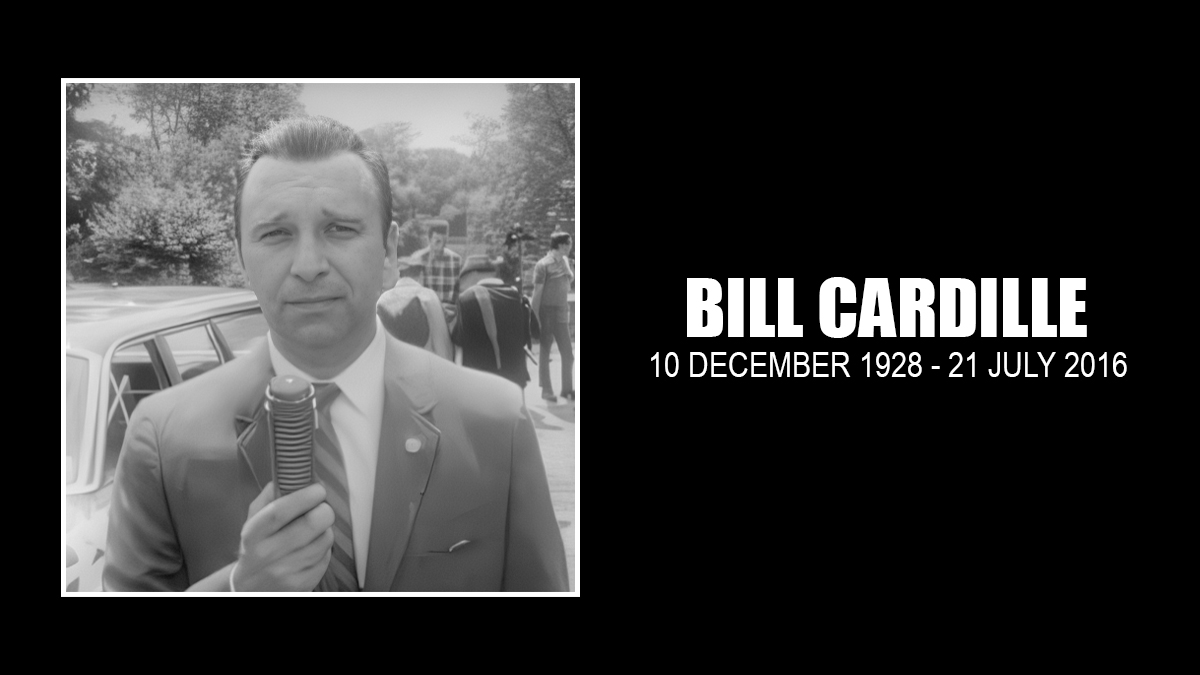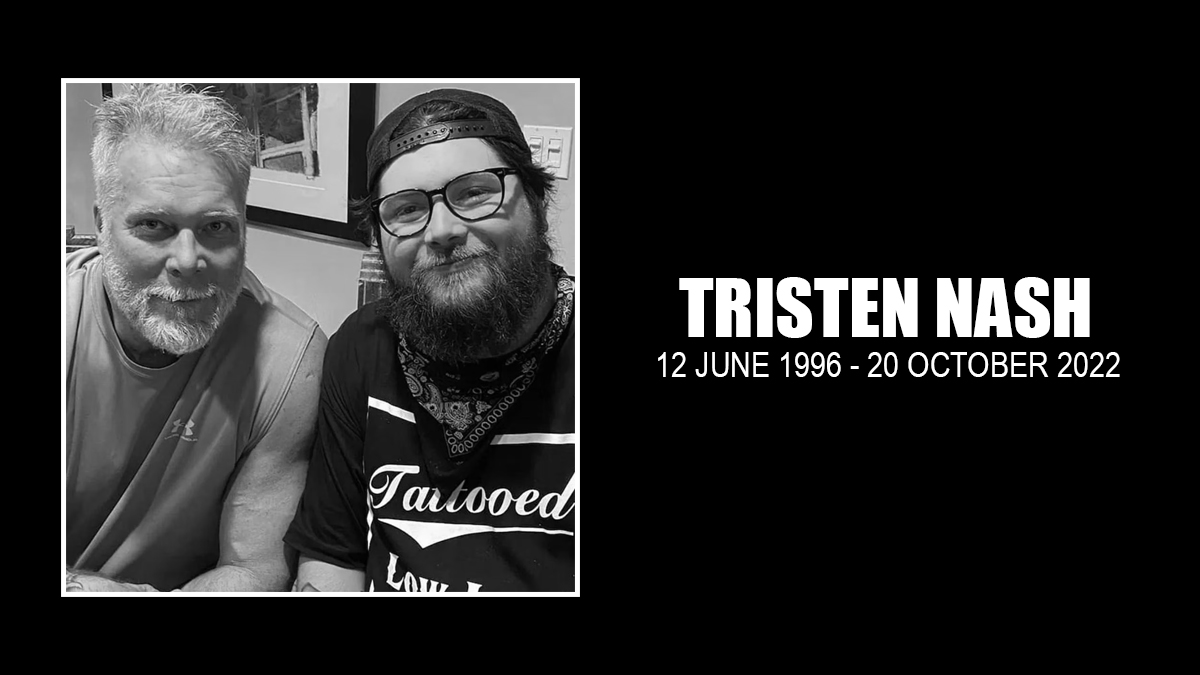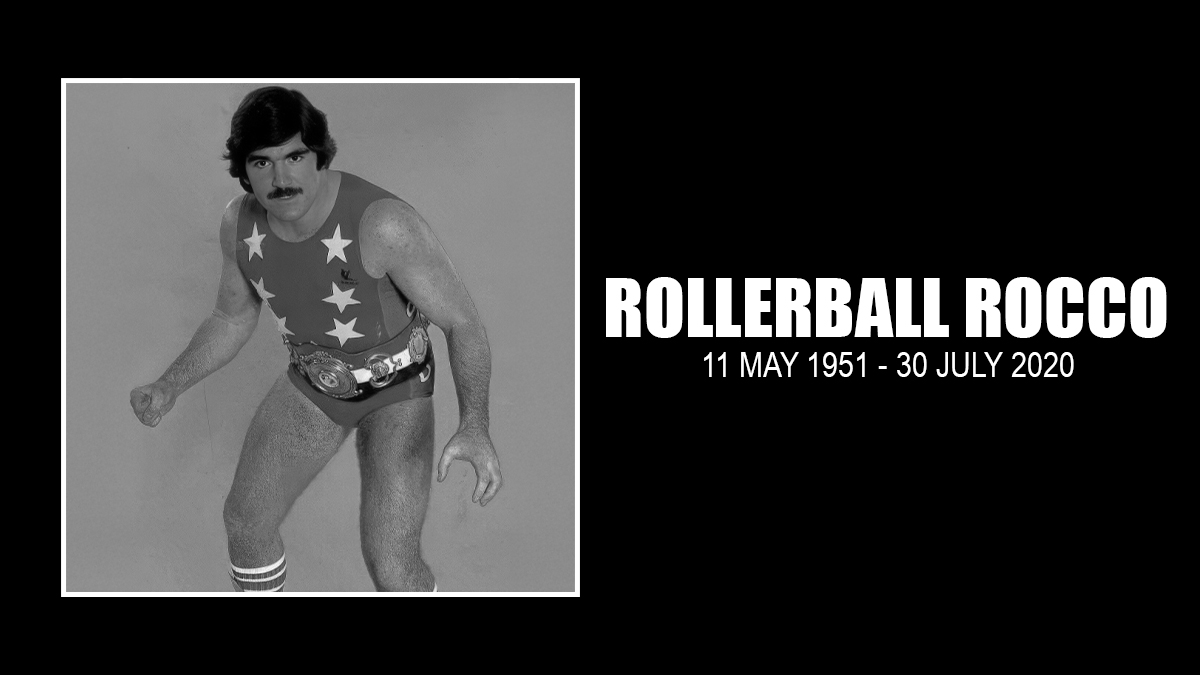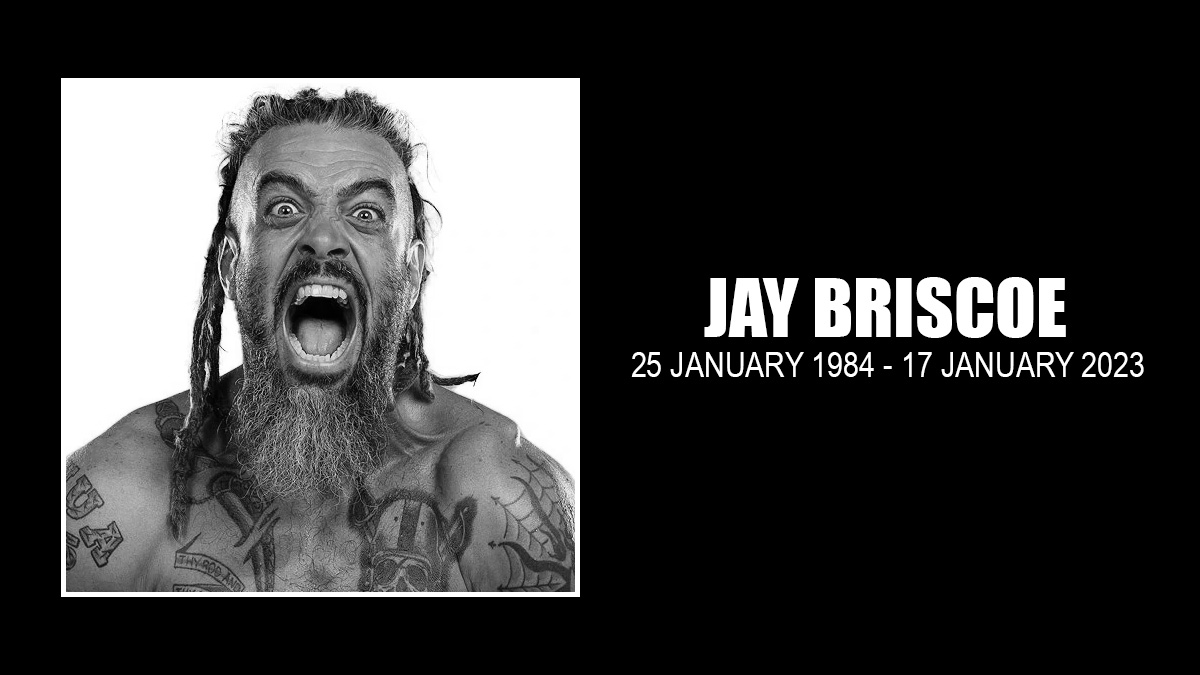It was an honor to have the opportunity to share the incredible story of George Hardison, better known as Seelie Samara, who was quite possibly the first Black world heavyweight champion last year. It is probably the highlight of my burgeoning wrestling writing history career to date. Not sure what that is? Check out the original trilogy:
- Part 1: Seelie Samara a forgotten African-American great
- Part 2: Seelie Samara a star around the world
- Part 3: The final years and legacy of Seelie Samara
But the story wasn’t complete. Rather, the narrative had gaping holes, especially regarding Hardison’s early career. It was frustrating, but the sheer scale of newspaper archives (and the quirks of their search bar) often mean things fall through the cracks.
But with so many fascinating characters dotting the landscape of 1930s wrestling, there’s always another search, another promotion, another chance to “finish the story,” as Cody Rhodes would say.
Fortunately, George Hardison had a few more tales to tell and a few corrections to better tell his sensational story.
Revisiting (and Revising) the Narrative
So, what was missing, and what did I get wrong?
For starters, much of Hardison’s early career—first as a boxer named Young Wolcott and later in the wrestling ring under the various Samara names (Seelie, Hailee, or Ras)—was missing.
We knew he was a boxer—just not where or when. We knew John Pesek trained him after being discovered working as a strong man—just not when.
In the first instance, I theorized that Hardison was a “Young Wolcott” of Washington, Pennsylvania, who, at 220 pounds, was billed by the Pittsburgh press as a “knockout sensation!” This was based on the descriptions of Samara, a 215-pound brawler known for his impressive power and previous strongman work. For the latter, I reasoned his debut was around 1936 based on words quoted from Pesek himself.
Time (and facts) make a fool of us all; in this instance, it is doubly so.
My original start date for George Hardison’s wrestling career was based on a Seattle news article and a little bit of conjecture. A 1939 article in the Harrisburg Evening News provided a 1930 start date—something I argued “does not make sense.”
I was somewhat right here, though we can now identify at least some of Hardison’s boxing career in 1931 in the same Western Massachusetts area he called home.
But diving back into the archives provided plenty of new information, much of which was unexpected.
From Welterweight to Heavyweight
As mentioned, I initially assumed that Young Wolcott, the name he used while boxing, would be similar in size to the wrestler Samara. However, I was proven wrong. George Hardison was a 146-pound welterweight boxer, which means he would have had to gain over 70 pounds of pure muscle to become a strongman.
Fortunately, we can confirm that this Young Wolcott was in Greenfield in 1931. This aligns with his marriage to Mary Louise Andrews, a local woman, around the same time on May 26, 1931, and the subsequent birth of their first son, Douglas, a few weeks later.
Unfortunately, we only have records of two bouts at Valley Arena against Tony Murphy, a welterweight boxer from Indian Orchard, a suburb of Springfield. Our protagonist won both bouts by decision.
The Springfield Republican described Wolcott as a southpaw on April 21, 1931. In both contests, Wolcott defeated Murphy by decision. The report also mentioned that both men managed to captivate the crowd, even though the preliminary bout went the distance.
“Flying tackles were only one element in the show these boys put on,” the story stated. “Wolcott, a Negro southpaw, gathered the first and second rounds by narrow margins. He floored Murphy for a count of two in the opener and for two counts of nine in the second, using left-hand shots to the body and face, but he suffered similar ignominy in the second when Murphy belabored him with accurate rights. Murphy staged a worthy show of gameness while taking the third but couldn’t produce quite enough in the fourth to even the score with Wolcott. Tony weighed 148 ¼ lbs., Wolcott scales 146.”
Hardison’s dedication to his strongman role is evident in his impressive physical transformation. In just three years, he added a staggering 60 pounds of muscle to his already sturdy frame. His background in boxing, coupled with his newly built body, made him a formidable wrestler with Herculean strength.
This transition from welterweight to heavyweight is no small achievement. It serves as a testament to the demanding nature of the strongman profession and the determination of a man striving to provide for his young family during the darkest days of the Great Depression.
But finding his start in wrestling was a little trickier. But then the fates stepped in.
Digging my way through wrestling cards from all over Massachusetts in 1934, I was mindlessly browsing, attempting to take some notes on Jack Pfefer’s talents working the New England scene at the time.
When you think of New England wrestling, you probably think it revolved around the major hub, Boston. But that was only sometimes the case, with a thriving, dynamic world existing in the smaller cities and hinterlands of the region’s western expanses.
This area was fiercely independent, heavily reliant on local stars and lighter-weight wrestlers to draw the crowds. And it was here that an unusual name popped up: “Big George Hoddison.”
It took a few minutes, but eventually, I got the record scratch.
After a little more digging and quite a bit of reading, the other show dropped—this was George Hardison!
Without any description or photographs, the first clue was the nickname given to Big George: “The Black Demon.” Although it may have been a bit obvious, considering the name and its resemblance to George Hardison, it seemed reasonable. Further investigation into the records revealed a few references to Hoddison, confirming two things: 1) it was indeed an obvious nickname, and 2) this was the person we were looking for.
His debut came on March 15, 1934, in his new hometown, Greenfield, Massachusetts, for the Franklin Athletic Club. This means he likely trained sometime in late 1933, though where is still undetermined.
Though it was his first official match, the local press noted that “Big George” was no wrestling novice, only “more of the rough and tumble type,” and not in a sanctioned match. The battle royal match featured Tarzan Steele, Gorilla Cranston, and Phil May—all local competitors in their own right. Matchmaker Bill O’Connell was supposed to take part but withdrew the day before with an injury, instead taking the opportunity to get a better look at the debuting talent. O’Connell was an interesting figure. Beyond his career as a grunt-and-groaner, O’Connell was also a member of the Greenfield Police Department, eventually rising to the rank of Chief of Police for the town in the 1950s. The police gig also provided O’Connell with a nickname (“the wrestling cop”) and a nifty title: the New England police champion.
Perhaps the most impressive aspect of Hardison’s early career as “Big George Hoddison” was his ability to connect with the crowd almost instantly. Like his unexpected explosion onto the Boston wrestling scene in 1937, his first match saw him unmistakably grabbing the fan’s attention and admiration.
And while Hoddison didn’t win that match, he did win the patronage of O’Connell.
Rising Star
Hardison’s journey began as just another name, a participant in the battle royal. However, his destiny was far from being a mere curtain-jerker. The local populace already knew him, as the Greenfield Recorder referred to him as a “well-known local lad” and “one of the strongest men in town.”
Within his first month, Hardison caught O’Connell’s attention, recognized his potential, signed him to a contract, and dubbed him “the Black Demon of Greenfield.” Sensing the opportunity for profit, O’Connell sent Hardison to various New England locations. Big George quickly gained popularity beyond his Massachusetts base, making early stops in Salem, New Hampshire, and Portland, Maine, where he was billed as the “Black Hercules.”
Throughout the first half of 1934, Big George’s success continued. On April 5, Hardison defeated Mike Miller in Greenfield, billed as the “American Legion champion (a title he had held for some time).” Despite his 220-pound frame and nickname of “the Goon,” Miller was a seasoned veteran who was a thoroughly scientific grappler. Nor was Miller a pushover, with the Anacadona, Minnesota native boasting a 3-hour draw with “Strangler” Lewis and another draw with Ed Don George.. Whether Miller’s title was at stake remains unclear, but there was no doubt about who the better man was. In just 13 minutes, Hardison dispatched Miller with a leg lock.
It was clear that big things were coming to Big George.
The Genesis of Samara
Surprisingly, 1937 wasn’t George Hardison’s first experience working for Boston promoter Charlie Gordon. Nor was I expecting to see a variant of the “Samara” before he stormed onto the scene in the city in late 1937, claiming a phantom version of the world title.
But on November 8, 1935, on a Gordon card at the Mechanics Building, George Hardison debuted as “Osa Samara,” defeating “Dynamite” Dunn. Then, just four days later, on the 12th, he beat “Cannonball” Grange in just two minutes with a flying scissors. On the 15th, Samara wrestled against “Wild” Bill Collins as part of another Gordon card at the imposing Mechanics Building.
Gordon, whom we met in the original Seelie Samara biography, had not solidified his hold on Boston’s #2 promotion nor his eventual seat at Boston Arena. Instead, he shared the Mechanics Building and Arena with another established name: boxing promoter Alex McLean.
But if Big George was a sure thing to O’Connell, he clearly wasn’t to Gordon, McLean, or even Paul Bowser, as this would be his only appearance in the city for the next two years.
However, Osa Samara wasn’t completely done yet. The grappler—billed as a former Ethiopian army officer—was slated for the main event in Maine against Bull Berini, an “Italian fire-eater,” according to the Portland Press Herald. The match, set for November 19 at the American Legion Stadium in South Portland, never took place. Both Berini and Samara missed the card, and no further information was provided.
Whether it was cold feet, snow drifts, perhaps a personal distaste for a gimmick he may have felt was racist, or something else, this was the end of the line for the Osa Samara character. Hardison retreated back to Pittsfield and his steady popularity as “Big George.”
A West Virginia Link?
Or did he?
The Mechanics Building card consisted of a mix of local stars and imported talent. The main event featured Al Vantres of Kansas City and Germany’s nefarious light heavyweight, known as “The Great Mephisto.” Another bout pitted War Eagle against Ted Germaine.
Mephisto, whose real name was Julius Woronick of Meridian, Connecticut, was a fascinating character deserving of his own book. He was a skilled technician in the ring, impressing all who saw him. However, Woronick had a troubled past and a disturbing tendency to abuse his mother.
Woronick’s in-ring abilities, attractive appearance, and enigmatic personality caught the attention of Jack Pfefer. Pfefer transformed Woronick into an evil German character and gave him the moniker “Mephisto.” This raises the question: Was George Hardison associated with Pfefer in 1935?
In the November 5, 1936 edition of the Charleston Daily Mail in Charleston, WV, a brief article mentioned an upcoming match between an “Ethiopian wrestler” and a local referee seeking to settle a score.
The participants were “King Kong, Ethiopian wrestler,” and referee Marion Mynster. They had clashed after the King Kong-Leo Jensen match the previous week at the armory, resulting in a wild fistfight.
While there is no evidence linking this incident to Hardison, it is an intriguing possibility. It suggests that Pfefer may have been experimenting with one of his “fresh faces” as early as 12 months before Seelie Samara debuted on the Boston wrestling scene. Of course, there are reasons to doubt this was George Hardison. The Ethiopian wrestler gimmick was popular with other promoters during the mid-’30s, with “Tiger” Jack Nelson of California also of Ethiopian ancestry in the period (he was originally from Harlem).
But enough speculation, let’s delve back into the facts.
Regional Star
George Hardison, despite having only two years of experience, quickly made a name for himself in his career. By 1936, he had become well-known in Western Massachusetts and Northeastern New England, even though his first attempt to break into the eastern scene under Charlie Gordon was unsuccessful. He started attracting the attention of more prominent figures. Greenfield’s strong man gained significant local support, drawing sell-out crowds and even inciting near riots.
Newspaper records mention a few of Hardison’s bouts between March 1934 and the spring of 1937, but many more fights are likely lost to time. As the North Adams Transcript noted, Big George was the “local boy who has wrestled in nearly every ring in New England.”
However, his destiny held even greater things for him. Soon, Big George Hardison’s success became impossible to ignore. Consequently, he started appearing on cards alongside major stars.
His next breakthrough came on a March 17, 1936 card in North Adams, Massachusetts, a city in the northwest corner of the state. Hoddison, known as “Black Demon” in most New England rings, was part of a card that featured prominent names in the Paul Bowser fold, such as Danno O’Mahony, Al Mercier, and George Hagen.
He also gained popularity in Connecticut, where he found support from Waterbury matchmaker “Professor” Joe Zonsin and promoter George Mulligan of New Haven.
The Little Trust
Before proceeding, I would like to address another mistake I made in my initial biography. I misspoke about some of the talents associated with the Bowser camp, particularly Billy Bartush. In my first account, I mentioned that Bartush was a Bowser policeman, but it appears that I may have been influenced by the media hype instead of the facts on the ground.
The truth is that Bartush, while indeed an enforcer and a tough cookie—just not based in Boston. Instead, he was closely associated with Lithuanian wrestling star Karl Pojello. Pojello was a popular figure known for his fiercely independent nature, much like Marin Plestina, Jack Sherry, and John Pesek. But it wasn’t always that way.
Just a few years earlier, Pojello was, as the Hartford Courant put it, “dishonorably discharged from the Jack Curley trust for being too honest.” In reality, Pojello had refused to lose to Szandor Szabo, a Pfefer talent and rising star in the Jack Curley promotion, instead defeating him and abruptly ruining the Hungarian’s title push.
Despite this, Pojello relied on trusted business partners, including the aforementioned Joe Zonsin. Formerly “Jumping” Joe Zonsin in the ring, by the 1930s, he donned his mortar board and became Professor Joe Zonsin, wrestling’s biggest brain.
Zonsin was “well-known as Karl Pojello’s handler” and played a significant role in independent wrestling in New England. Alongside George Mulligan, he was part of the Independent American Wrestling Promoters Association (IAWPA), commonly called “The Little Trust.” This group consisted of independent promotions that sought to gain an advantage in a market dominated by figures like Bowser, Jack Curley, Toots Mondt, Tom Packs, Ed White, and others.
The Little Trust aimed to strengthen its position through numbers, with approximately 20 promoters joining the group. Among notable names included Al Haft, Fred Kohler, Charlie Gordon, Heywood Allen, John Contos, and Pfefer.
Max the Panther
In Connecticut, Big George first encountered Karol Piwoworczyk, another local strongman on a journey to superstardom.
A natural athlete, Piwoworczyk was a star in many sports, including track, wrestling, and swimming. But a love of weightlifting would propel him to fame in the ring—a hulking Hercules with the handsome “boy next door” looks to match.
Like Big George, Piwoworczyk, of Holyoke, Massachusetts, also started his in-ring career in 1934. Realizing his name was a detriment, he shelved it for something more suitable for a young, dynamic, and quick wrestler: “Max the Panther” (or “Max Panther” or “Panther Max,” depending on the laziness of your local sports editor).
Being a young, rugged, and handsome grappler was all good, but the undercard on small independent cards would never pay the bills. Instead, Piwoworczyk was heavily reliant on his 9-to-5 job as a butcher, which allowed him to use the overused “butcher boy” moniker that was all the rage in the period.
But young Max would find fame and immortality under another name.
On the list of men with eternal debts to Pfefer, Piwoworczyk must be towards the very top. With Pfefer, Max the Panther became “The Polish Adonis, Karol Krauser.” No longer just a local boy done good, Krauser was an international wrestling sensation with the myriad talents required to win over fans of both sexes.
Interestingly, the Krauser name was based on another “Max” who found success in the ring: Max Krauser, billed as the Polish and European heavyweight champion and campaigning in England then. And oddly, Pfefer didn’t just steal the name whole cloth, instead going all-in on the K sound with Karol.
The high point of Piwoworczyk’s career likely came in 1939 when both won a version of the world light heavyweight championship and hired by Miami’s Fleischer Studios for modeling work.
The thing was, Krauser wasn’t modeling trousers. Rather, he was becoming immortalized as a real-life superhero.
Do you know Superman? Yep, that’s him.
Anyway, back to the narrative.
Rejoining the Original Story
Both Big George Hoddison and Max the Panther were clearly operating within a similar orbit by 1937. This included a handful of matches, with Big George gaining the honors on home soil at Greenfield’s Washington Hall on April 20th via something called the “monkey climb” pin. Other notable opponents in this period include George Lanthier and Steve Rose.
Frustratingly, the George Hardison story disappears after his win over Max the Panther, only to reemerge as Seelie Samara six months later. It’s likely that Hardison continued working dates across the region as “Big George Hoddison” and maintained his daytime gig as a truck driver.
What’s still uncertain is whether Hardison’s move to Boston was part of his existing contract with Bill O’Connell and the Franklin AC, a new contract with Charlie Gordon, or if he was already signed to Jack Pfefer.
I originally assumed that the Samara name was a creation of Pfefer, but it’s much more likely that Gordon or one of his associates coined it in 1935. Therefore, it’s equally reasonable to assume that he was still operating under the control of O’Connell and the Franklin AC.
However, what is more certain is that by late 1937, he was entirely under the management of Pfefer. In the local press, both Hardison (as Seelie Samara) and Max the Panther were being heralded as “new faces” earmarked for export to the Midwest.
What’s Next?
So, what’s next for the story of George Hardison, Young Wolcott, Seelie Samara, or whatever else you want to call him?
As with everything with me, it’s all up in the air.
There’s much more to learn about this fascinating man and his career. Even with all this new information, the story of George Hardison still needs to be completed. For example, we are missing some six months of 1937 for the man. This information is critical to fully understanding just where and when Hardison came under the wing of Jack Pfefer.
The historical record also misses Hardison’s departure from the Pfefer camp. In my initial work, I postulated that this split occurred around 1942 due to financial squabbles. But while it is probably pretty close, I prefer my narratives to be definitive.
What is clear is how important Hardison was to Pfefer’s troupe. He and Karol Piwoworczyk were integral parts of Pfefer’s first real push into the Midwest as part of a new talent initiative to provide fresh, impressive, and dynamic grapplers for his clients running from Michigan to Missouri.
However, I think the most important takeaway from my revisit of George Hardison’s story is just how impactful his early career was on the rings of Western Massachusetts. Hardison, as Young Wolcott or Big George Hoddison, was consistently popular with the crowds, frequently earning crowds nearing the thousands in a region dotted with small arenas and halls. Despite his bruising tactics, Big George was a fan favorite. He occasionally whipped his fans into a frenzy when the action got particularly rough and ready.
Equally impressive is how Hardison was able to reinvent himself physically. From a 146-pound welterweight to a 215-pound bone-crushing heavyweight, Hardison always rose to the occasion, building his body and skills on demand—all while trying to provide for a young family back home during the Great Depression.
Most importantly, there’s a lot still to learn about George Hardison, the man. Besides being a world-class wrestling star who headlined events in the US, Canada, Australia, and beyond, George Hardison was a loving husband and father.
Eventually, I would like to turn this multi-part story into a book, possibly alongside a career record book. However, this depends on several factors, including finding a publisher to print it and an audience willing to read it.
Nevertheless, there is no doubt that Hardison’s story will continue. Through my research, I have gained much respect for the man. The genealogical research conducted by his family reveals not only the love from his descendants but also a close-knit, vibrant, and caring family tree. This kind of family can only be formed with the presence of inspirational figures like “Big George.”
If Seelie Samara was Ethiopia’s wrestling champion, Big George was Greenfield’s —a tough, tenacious, and locally admired individual the fans could count on. His story embodies hard work, determination, and the American dream, which resonates regardless of one’s skin color.
